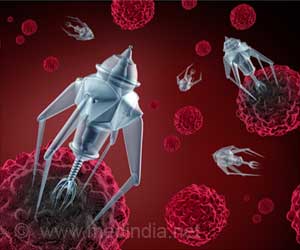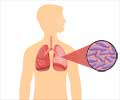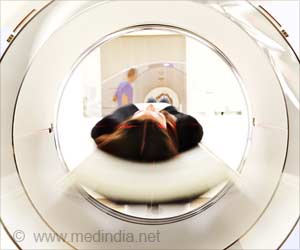A Fluorescent probe may now be able to tag and illuminate single specimens of the bacteria that cause tuberculosis (TB). The probe along with its microfluidic chip can count TB bacteria, finds a new study.

‘In the lab, the probe, named CDG-DNB3, produced a bright green color within one hour after activation by BlaC (TB resistant characteristic), allowing for rapid labeling of both single and multiple Mtb bacteria.’





Efforts to rein in the malady have been hindered by the HIV epidemic, the spread of antibiotic resistance and the fact that the most common diagnostic techniques for TB are decades old. The bacteria can develop antibiotic resistance in part due to the presence of an enzyme named BlaC that breaks down the structure of many common antibiotics. A team led by Yunfeng Cheng exploited this apparent strength by designing a molecule that is activated by BlaC and attaches to another enzyme named DprE1. The probe, named CDG-DNB3, produces a bright green color within one hour after activation by BlaC, allowing for rapid labeling of both single and multiple Mtb bacteria.
The authors tested the probe in a weakened variant of TB named BCG and found the probe could distinguish between live bacteria and dead bacteria, as well as between BCG and 43 related nontuberculosis mycobacterial species.
Chang et al. also created a chip using microfluidics technology that accurately counted bacteria within BCG samples labeled with CDG-DNB3 as they passed through a detection window.
Source-Eurekalert













